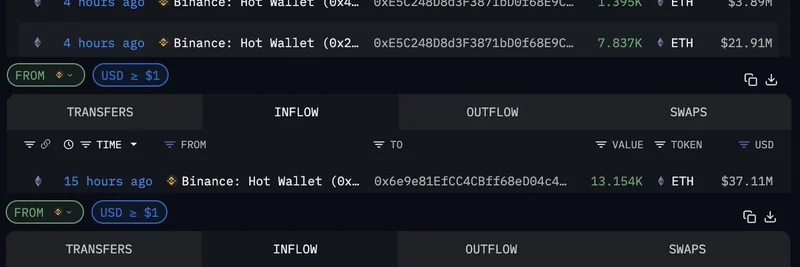In the fast-paced world of decentralized finance (DeFi), looping has become a popular strategy for amplifying yields. But it often raises eyebrows—why lend stablecoins at a lower rate when someone else is borrowing to loop a higher-yielding asset? Kamino co-founder Marius recently broke it down in a thread on X, using a straightforward analogy to junior and senior capital. Let's unpack this and make sense of the mechanics behind it.
Looping, for the uninitiated, involves borrowing against collateral to buy more of the same asset, effectively leveraging your position to boost returns. Imagine depositing a yield-bearing token earning 7% and borrowing stablecoins at 5% to buy more of that token. On the surface, it seems like a no-brainer for higher gains, but Marius addresses three common questions head-on.
First, why lend stables at 5% to someone looping a 7% token? It boils down to risk allocation. Lenders act like senior capital in traditional finance— they get paid first and have a buffer against losses. Borrowers, or loopers, are the junior capital, absorbing the initial hits if things go south.
Second, why not just buy the 7% token outright? Buying and holding exposes you directly to the asset's price and yield without leverage risks like liquidation. Looping amplifies both upsides and downsides, so it depends on your risk appetite.
Third, why not loop it yourself at 5x leverage for 15% returns (assuming 80% loan-to-value or LTV)? Again, leverage magnifies risks. At high LTVs, even small price drops can trigger liquidations, wiping out your position.
The key insight from Marius is the loss absorption mechanism. If the yield token impairs by 10%—say due to an issuer problem—the price drops accordingly. Liquidators step in, selling the looper's collateral to repay lenders. As long as the loss is within the liquidation buffer (1 minus LLTV), lenders can recover fully. Loopers take the first loss, protecting lenders until the impairment exceeds that buffer.
This setup means both parties share credit risk on the yield token, but loopers bear the brunt initially. Your choice—lend, buy and hold, or loop—hinges on your views on potential losses versus yield spreads. Factors like utilization rates, slippage, and liquidation bonuses add layers, but the core is about prioritizing safety for lenders.
Replies in the thread echo this nuance. One user notes that yield spreads can sometimes undercompensate lenders for risks, while another asks about monitoring liquidity for assets like USDC. These discussions highlight ongoing debates in DeFi, especially on platforms like Kamino built on Solana.
For blockchain practitioners eyeing meme tokens or stable yields, understanding these dynamics is crucial. Looping can supercharge returns in bull markets but demands vigilance. As DeFi evolves, strategies like this underscore the blend of innovation and risk management shaping the space. If you're diving into Solana DeFi, threads like this offer gold for building your knowledge base.


